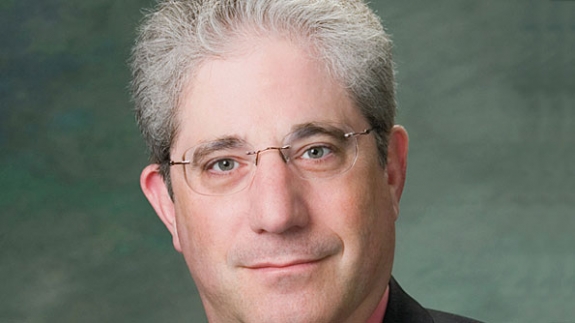Avoid getting into a box
As narrowband radio systems are taking hold in the marketplace, more and more users are deploying trunked radio systems, in many cases using digital transmission technologies. However, because some users perhaps are not properly installing trunked systems — therefore causing significant interference — this is a good time to review the FCC's rules on VHF/UHF trunking.
Essentially, there are two types of trunking that may be employed on the Part 90 VHF and UHF channels: centralized and decentralized. Centralized is a traditional trunked system that requires exclusive use of a channel. In contrast, decentralized does not require exclusive use of a channel, but rather requires one to enable monitoring on the shared channel to ensure that the system is locked out when co-channel emissions are detected.
In the FCC's words (from 1998), "[I]n a decentralized trunked system, which is also a system of dynamic channel assignment, the mobile units continually monitor the system's assigned channels until an unused channel is found. This channel is then utilized for communications."
Section 90.187 of the commission's rules provides that centralized trunking requires either that your interference contours do not overlap with the service contours of co-channel and adjacent channel licensees, or that you obtain their consent to the trunking. The spectral separation necessary is listed in Section 90.187(b)(2) of the rules. In addition, you should consult the frequency coordination guidelines established by the Land Mobile Communications Council (LMCC) to determine adjacent channel overlap.
If you fail to achieve exclusive use on your frequencies, you must employ decentralized trunking. For trunked systems that require a control channel, it is advisable to find at least one channel in the system that is available for exclusive use, and employ that channel as the control channel. In some cases, users have asked the FCC for permission to combine shared Part 90 channels with exclusive Part 22 frequencies, to create a trunked system with exclusive channels for control and non-exclusive channels with monitoring.
On Dec. 7, 2001, the FCC issued a public notice about VHF/UHF trunking on shared channels. The commission was very clear that licensees "must employ equipment that prevents transmission on a trunked frequency if a signal from another system is present on that frequency."
The question often is asked, what kind of monitoring is required to be compliant? While the commission stated that "[t]he level of monitoring must be sufficient to avoid causing interference to other systems," it left it to the frequency coordinators to decide what level of monitoring is sufficient in individual cases. In response, the LMCC developed a guide that specifies two levels of monitoring. They are:
- Level 1 monitoring. The repeater (base station) will monitor the input channel for transmit signals coming from co-channel mobile and portable units. The corresponding repeater output channel will be disabled during the co-channel mobile or portable unit's transmission.
- Level 2 monitoring. The repeater (base station) will monitor the output channel for transmit signals coming from co-channel base stations. The corresponding repeater output channel will be disabled during the co-channel base station's transmission.
The first monitoring option is the default. However, frequency coordinators may elect the second option in the proper circumstance.
Systems that have channel exclusivity (or impacted licensee consent) are identified easily. Each exclusive channel must have an "FB8" station class code. Only these identified channels are entitled to use centralized trunking.
Licensees failing to follow these rules are subject to enforcement action by the FCC. Make sure that your implementation is done properly.
What do you think? Tell us in the comment box below.
Alan Tilles is counsel to numerous entities in the private radio and Internet industries. He is a partner in the law firm of Shulman Rogers Gandal Pordy & Ecker and can be reached at [email protected].















